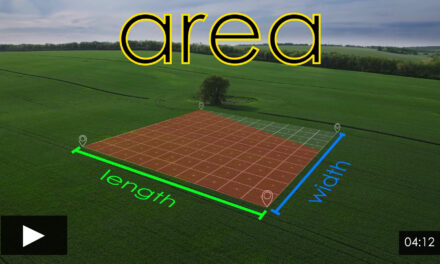Is there more than one way to crunch numbers? The answer is yes, according to the National Association of Realtors (NAR).
NAR and its Florida branch (FAR) are in the process of changing the way their economists calculate and report home prices. The organization is developing new home pricing indices based on repeat sales data, which compares pricing for the same property on its sale, resale or refinance.
Up until now, NAR has exclusively used median home price data to compile their home price indices. However, many authorities on home pricing analysis (Standard & Poor’s Case-Shiller Home Price Indices and the Federal Housing Finance Agency’s Home Price Index to name a few) already base their indices on repeat sales data, not the mathematically conjured abstraction of a median home price which is indicative of no actual property.
In the past, NAR has questioned the accuracy of indices based on repeat sales data. However, NAR now admits that reporting median home price data is often inaccurate since the category of information is too broad and diverse to use for identifying true trends in home pricing.
first tuesday Insight
Quoting median numbers for California home pricing is akin to attributing 2.5 children to the average American family. Sure, this works mathematically, but not as reality.
The value of a property is greatly influenced by its location. Because of this, it is impossible and misleading to assign one value to all real estate. It is also completely ignorant of the various property pricing tiers – low- and high-tier become mixed into one bastardized number. The closer an analysis of real estate pricing comes to reducing pricing to one single number, the more inaccurate that number will ultimately be. Reductionist myopia never yields helpful results.
For the most accurate reporting of real estate pricing, the type of real estate data used must be as focused and specific as possible. State data will be more accurate than national data; city data more focused than state data; and neighborhood data more refined than city data. Property comparisons within the same subdivision are closer yet.
Within every city, there are greatly disparate property values. These are based on factors such as property size, age and condition. Therefore, any proper analysis of real estate pricing must also take the varying degrees of property value (tiers) into account within geographical regions.
Median home price data fails to do this. Instead, it mashes all home sales data, regardless of property location or condition, into one huge pool and plucks out a median, atypical number. This number is an “average” of property prices in that it falls exactly in the middle, between high- and low-priced properties; however, in no way does “average” or “median” indicate the price is reflective of the majority of real estate, much less the trend in price movement.
The problem with median home sales data is that it depends as much on home sales volume within a particular tier of pricing as it does upon the direction of price movement. Because of this, reports about trends based on median data become quickly distorted when sales increase in a particular property bracket.
Consider a pricey neighborhood plagued by a high rate of foreclosure, which simultaneously lowers its property values and provides inventory for homebuyers. This neighborhood will see an increase in home sales and, though property values are low compared to their previous level, artificially boost median home prices since more of the homes being sold are high-tier properties.
Is this an accurate representation of the health of the housing market and the direction of home prices? Not at all; it is deceit by design.
first tuesday has always held California homes can be divided into no fewer than three tiers for proper analysis of pricing trends. High-tier property pricing behaves differently from mid-tier pricing or low-tier pricing since the demographic of buyers varies so greatly between each tier.
For example: in Southern California, low-tier prices ($274,660 and lower) have fluctuated much more than high-tier prices ($452,037 and greater) over the last ten years. Because of this, even trends in price movement cannot be distinguished by lumping all property tiers into one median price.
NAR has recently taken some flak from industry experts for their irrationally exuberant projections for the housing market’s recovery. Apparently, the organization has been chastised into developing more accurate home pricing data.
Related article:
Perhaps this shift in NAR’s data reporting process will cause them to revise their previous predictions for the 2013 housing market (10% home price appreciation and 70-80% growth in housing starts) to fall more in line with the evolving facts.
Related articles:
Re: “Realtors to offer new measure of home prices” from Inman News


















